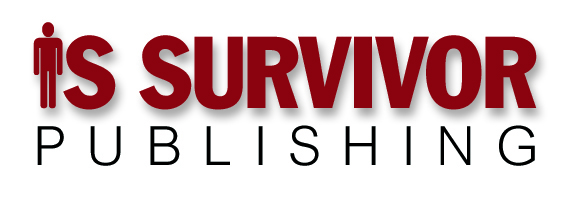The U.S. system for issuing software patents is completely broken, and easily fixed.
The fix first: All Congress has to do is add these words to the existing body of patent legislation: Notwithstanding the above, no patents shall be issued for any software inventions and existing software patents shall be summarily revoked.
Disagree? Hold that thought.
Search for commentary on what’s broken about the software patent system and how to fix it and you’ll find no shortage (the best: Joel Spolsky’s “Victory Lap for Ask Patents,” Joel on Software 7/22/2013).
The widespread consensus is that the software patent system is broken.
Some numbers: The U.S. Patent and Trademark Office (PTO) receives about 40,000 new applications a year for software patents, swamping the ability of patent inspectors to separate the few grains of wheat from the abundant chaff. Because seriously, based on your knowledge, experience, and judgment, do you think there are 40,000 non-obvious ideas each year about something new and interesting that software can do? Me neither.
Take a SWAG for the time each patent application requires. Call it maybe 100 hours of total effort on the part of the software engineers responsible for these “inventions,” the attorneys responsible for shepherding them through the process, and the patent examiners who have to process them?
This is a very conservative estimate, and it means the filing process alone drains four million hours of work each year out of the economy on the part of people who have some smarts and talent to offer.
Add the cost of litigation. The courts process more than 4,000 infringement cases each year, which on average cost about $2 million to defend, and about half of which are for software patents. That’s $4 billion a year in direct costs spent defending against software patent infringement cases, not including the large but impossible-to-estimate opportunity cost of time and effort not available for innovation.
Is this crippling? No, if you think it’s mostly spent by the likes of IBM, Oracle, Apple, and Microsoft. Also no in the context of the amounts spent on research and development: $4 billion a year is about 1 percent of U.S. R&D spending.
But in the context of where software innovation comes from, $4 billion is a lot of money, because a lot of software innovation comes from small players that can’t afford to defend themselves against patent trolls, and instead choose the cheaper alternative of buying them off.
But never mind all that. To understand why Congress should abolish all software patents, we all need to recognize a major and widespread misunderstanding about the purpose of the whole patent system.
Blame the legal community. They’ve taught us to use phrases like “Intellectual Property” to describe what patents and copyrights are supposed to protect.
As Orwell pointed out, control vocabulary and you control thought. Patents and copyrights actually have nothing at all to do with property rights. Don’t believe me? Here are the exact words as they appear in Section 8 of the United States Constitution: The Congress shall have power … to promote the progress of science and useful arts, by securing for limited times to authors and inventors the exclusive right to their respective writings and discoveries …
See the word “property”? Me neither. The purpose of having patents at all is to promote the progress of science (and, presumably, technology), not to protect property rights.
Look, more software innovation comes from the open source community these days than from anywhere else. The cloud relies heavily on open-source technologies. Nearly every new programming language that’s appeared in the last decade is open source. Most blogging is done using open-source toolkits.
And in open-source-land the only intellectual property protection software receives is protection from intellectual property protection.
It’s abundantly clear that the main impact patent protection has on software innovation is to stifle it.
The inference is inescapable. Software patents subvert the clear words of the Constitution — they are, in a word, unconstitutional.
Which in a better world would mean Congress wouldn’t even need to act, because the Supremes could take care of the whole problem in a single, easy-to-explain precedent.
Don’t hold your breath. Not because it’s unlikely, but because I’ve applied for a patent on breath-holding as a method for accelerating results.
You could defend yourself against the infringement suit I’ll otherwise file against you, but really, wouldn’t it be easier to just send me a check to make me go away?
* * *
Yes, I know. Unless you’re a member of Congress there’s nothing in here this week that’s of any practical value to you. Sorry. Next week for sure.
